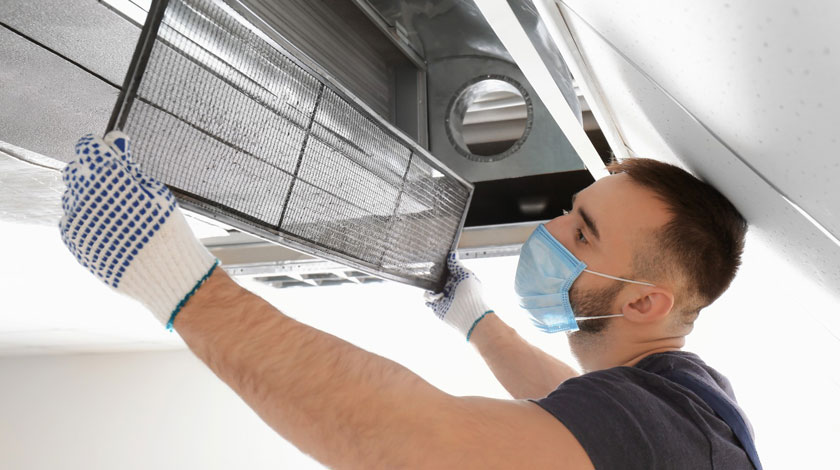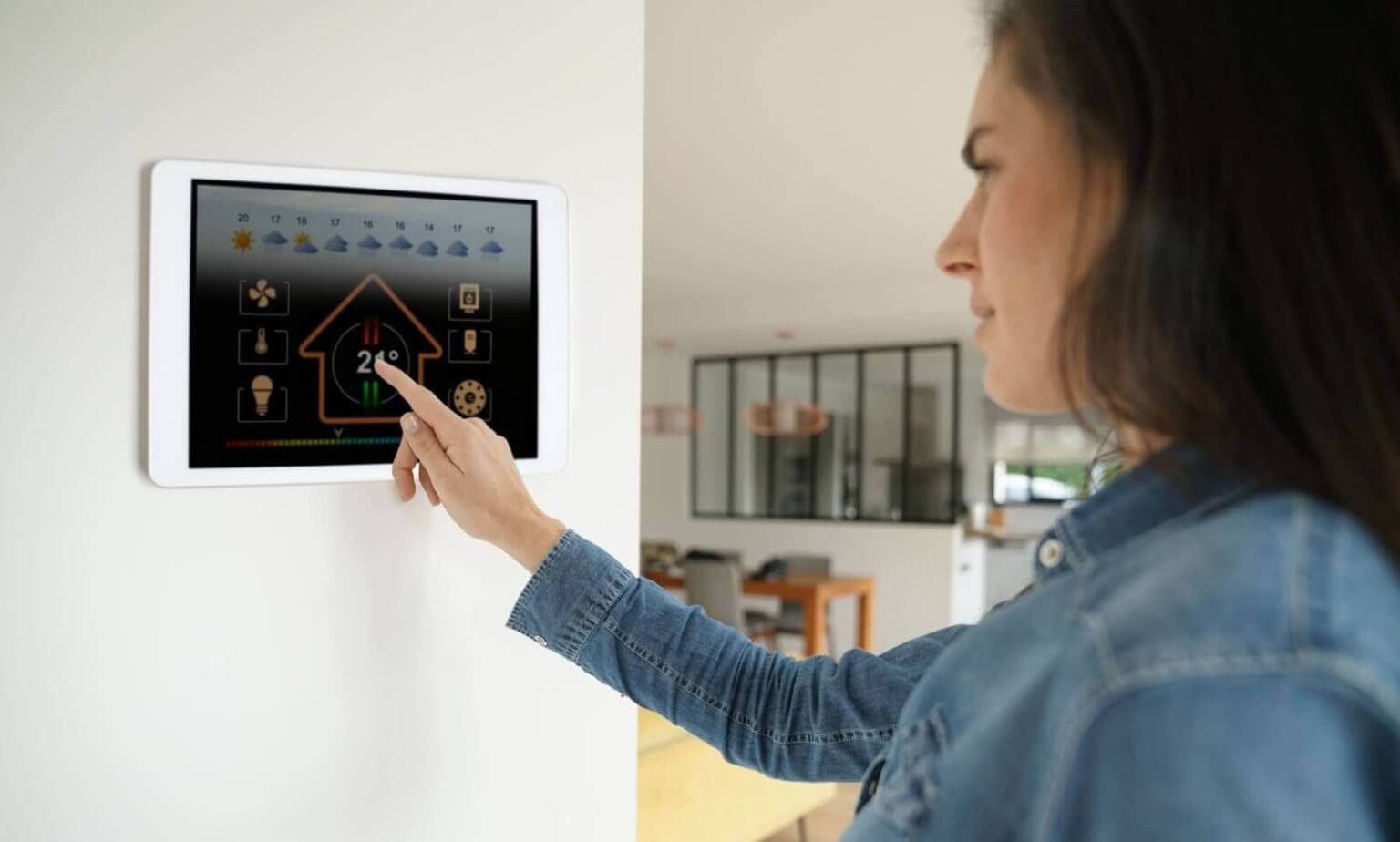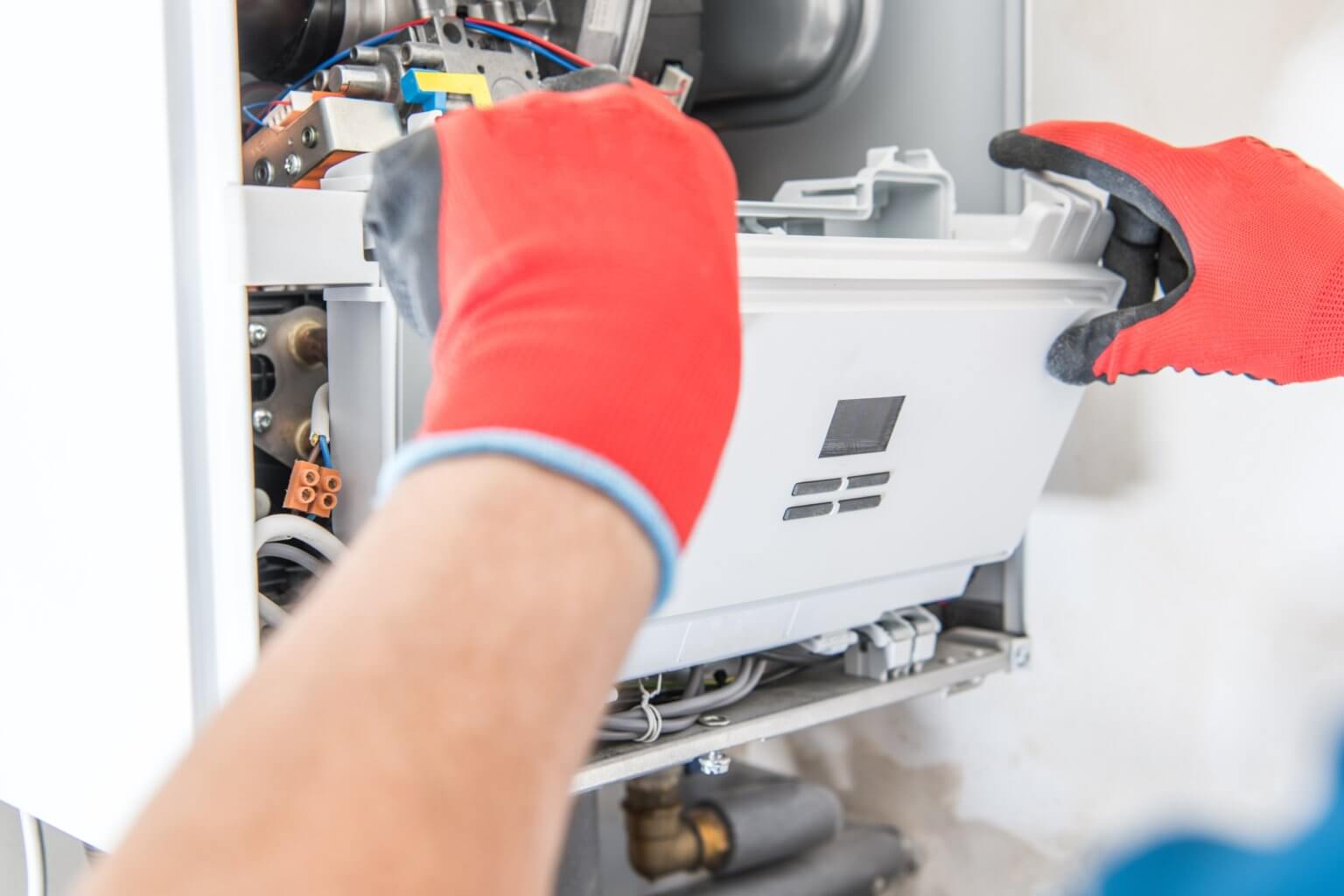How Do I Fix My Air Conditioner That Is Not Cooling In Canoga Park?
When the sweltering heat of summer hits Canoga Park, the last thing you want is a non-cooling air conditioning unit. It can feel like you’re living in an oven! Fortunately, before you rush to call an expensive technician for air conditioning repair, there are several troubleshooting steps you can take yourself. This guide aims to empower you to become your own AC detective and get your unit cooling again without breaking the bank.
Understanding Your Air Conditioning System
What Is an Air Conditioning Unit?
Air conditioning units work by removing heat from indoor air and transferring it outside. They consist of several components, including the compressor, condenser, evaporator, and expansion valve. Understanding these parts is crucial when troubleshooting issues.
How Does an AC Unit Work?
The process begins air conditioning maintenance with warm air being pulled into the system. The refrigerant absorbs this heat and evaporates into gas. This gas is then compressed and sent to the condenser, where it releases its heat and turns back into a liquid. The cycle continues until the desired temperature is achieved.
Troubleshooting a Non-Cooling AC Unit in Canoga Park: A DIY Guide
Initial Steps for Troubleshooting
Before diving into complex repairs, start with some basic checks.
- Ensure your thermostat is set to “cool” and at a lower temperature than the current room temperature.
- Check if the unit is plugged in properly.
- Look for any blown fuses or tripped circuit breakers; reset them if necessary.
- Dirty filters can restrict airflow and cause cooling issues. Replace or clean them regularly.
- Ensure that vents are not blocked by furniture or curtains.
- Strange sounds can indicate mechanical failures that might need professional attention.
Common Causes for Non-Cooling Issues
Dirty Air Filters: The Silent Culprit
One of the most common reasons for an AC unit failing to cool effectively is dirty air filters. These filters trap dust and debris but need to be cleaned or replaced regularly—at least every three months—to maintain airflow efficiency.
Low Refrigerant Levels: What You Need to Know
Refrigerant is essential for cooling your home. If levels are low due to leaks, your system won't cool properly. Unfortunately, detecting leaks often requires professional help; however, if you're comfortable doing so, check for visible signs of refrigerant around connections or coils.

Faulty Thermostats: Are Yours Working Properly?
A malfunctioning thermostat can misread temperatures leading your AC unit to run inefficiently or not at all. Consider replacing old thermostats with programmable options that optimize energy use while keeping your home comfortable.
Advanced Troubleshooting Techniques
Inspecting the Compressor
The compressor is one of the most critical components of your AC unit. If it's not functioning correctly:
- Look for signs of damage.
- Listen for strange noises.
- Check if it’s overheating; this may indicate electrical problems.
Cleaning Coils: A Necessity
Both evaporator and condenser coils must be kept clean for optimal performance:

- Use a brush or vacuum attachment to remove dirt buildup.
- For deeper cleaning, consider hiring professionals who specialize in air conditioning repair services.
Maintenance Tips To Keep Your AC Running Smoothly
Establish a Regular Cleaning Routine
Keeping up with routine maintenance can save you headaches down the road:
- Clean or replace filters monthly during peak seasons.
- Schedule annual professional inspections.
Upgrade Your Thermostat
Smart thermostats can improve efficiency by learning your habits over time:
- Consider models that connect via Wi-Fi allowing remote monitoring and adjustments through smartphones.
When To Call For Professional Help?
Sometimes DIY fixes won’t cut it, especially when dealing with more complicated components like electrical systems or refrigerant levels:
In these cases, calling a local expert in air conditioning repair could save you time and prevent further damage!
FAQs
1. Why isn’t my AC blowing cold air?
Check if your thermostat setting is correct and ensure that air filters aren't clogged!
2. How often should I change my air filter?
It’s recommended to change it every 1–3 months based on usage frequency!

3. What does it mean if my AC unit is leaking water?
This usually means there's a clogged drain line; ensure it’s clear!
4. Is it safe to recharge my refrigerant myself?
While some may attempt it, recharging refrigerants should ideally be handled by professionals due to safety risks involved!
5. What happens if I ignore these issues?
Ignoring problems can lead to more extensive damage requiring costly repairs down the line!
6. How do I know when I need a new unit?
If repairs exceed half the cost of replacement or it's over ten years old—it might be time!
Conclusion
Navigating through troubleshooting a non-cooling AC unit in Canoga Park doesn’t have to be overwhelming! With this DIY guide in hand, you now have practical steps at your fingertips that could save you money while restoring comfort back into your home swiftly! Remember—if all else fails don’t hesitate to reach out for professional help; sometimes collaboration leads us right back where we belong—enjoying those cool breezes indoors!
So roll up those sleeves and get started on troubleshooting! You've got this!